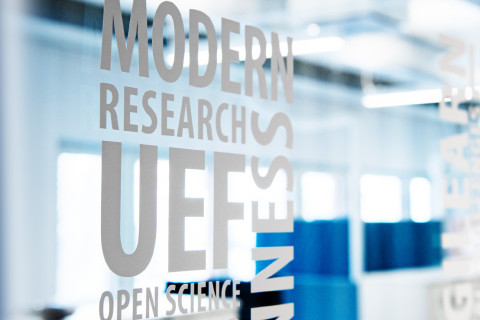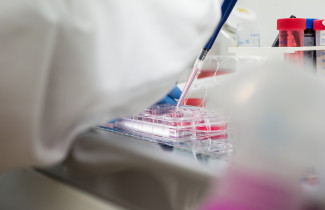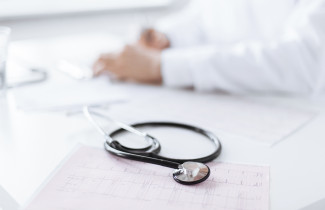The doctoral dissertation in the field of Neuroscience will be examined at the Faculty of Health Sciences at Kuopio campus.
What is the topic of your doctoral research? Why is it important to study the topic?
Stroke is the second most common cause of death behind heart disease and the main cause of long-term disability in adults. The burden on patients and their loved ones is great, and there is also a significant socio-economic cost for society, which mostly arises from multi-professional rehabilitation and long-term institutional care. Worryingly, the burden of stroke is expected to rise continually due to the increasing aging population and co-morbidities, which would result in the commitment of further health care resources towards the treatment of this devastating neurological disorder. However, safe and effective acute care is quite limited to only a few patients due to the narrow therapeutic window. In addition, the chances of a disability-free recovery after acute management are marginal, altogether placing a lot of expectations on long-term biological treatments based on brain repair. Indeed, preclinical studies have put forward a strong evidence of the efficacy of cell-based therapies, whose wider therapeutic window potentially makes them available to a larger percentage of patients. Multiple neuroprotective and neurorestorative mechanisms are also activated, and they can be combined with rehabilitation to achieve synergistic or even maximized treatment effects. Still, limited efficacy in early-phase patient trials indicates that more preclinical studies are needed for the optimization of treatment protocols towards the maximization of therapeutic effects, hence the rationale underlying the topic of this research.
What are the key findings or observations of your doctoral research?
This study showed that concurrently combined intravenous cell transplantation and rehabilitation safely and additively improved the long-term behavioral recovery of rats after cerebral ischemia. It also showed that cell infusion at day two after stroke onset might be more effective than at day seven. However, the extent of delayed neuroprotection or long-term brain tissue repair did not explain the additive treatment effect on the behavioral outcome. Notwithstanding, the effects of repair and recovery mechanisms other than the ones investigated in this study could not be excluded, and should be further examined in the future. The optimal treatment sequence, i.e., concurrent or sequential combination, would also need to be verified.
How can the results of your doctoral research be utilised in practice?
Cell-based therapy or rehabilitation can begin days, weeks or even months after an ischemic brain event, and thus can be available to more patients. Experimental studies can be used to investigate underlying intrinsic and therapeutic mechanisms as well as examine how cell treatment responds to risk factors and rehabilitation, which are rarely incorporated into study designs in the preclinical stroke setting. Safety risks associated with cell-based therapies are also not widely reported. The results on safety and optimal timing of cell treatment as well as the neurobiological mechanisms underlying the effects of the combination therapy in this study can be used to plan future early-phase clinical trials of cell products in stroke patients.
What are the key research methods and materials used in your doctoral research?
A robust study quality criteria was implemented and research methods were selected according to the recent guidelines for generating reliable and translational data. These included a relatively large sample size, randomization, blinding, and the use of clinically relevant behavioral outcome measures. Another major strength of this study was the use of protocols for the isolation of clinical-grade cell lines, cell preparation and characterization, and potency assay in cell cultures. Magnetic resonance imaging for safety and infarct assessments, and for the first time to the best of our knowledge, unbiased stereological quantification of brain repair in stroke tissue, were also used in data collection.
This study showed that concurrently combined intravenous cell transplantation and rehabilitation safely and additively improved the long-term behavioral recovery of rats after cerebral ischemia.
Abdulhameed Bakreen

The doctoral dissertation of Abdulhameed Bakreen, Master of Science, entitled Combined adipose tissue-derived mesenchymal stem cell therapy and rehabilitation in stroke: safety, efficacy, and mechanisms underlying repair and recovery will be examined at the Faculty of Health Sciences. The Opponent in the public examination will be Professor Mikko Airavaara of the University of Helsinki, and the Custos will be Docent Jukka Jolkkonen of the University of Eastern Finland.
For further information, please contact:
Abdulhameed Bakreen, MSc, abdulhameed.bakreen(a)uef.fi



